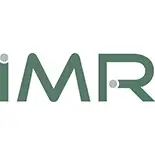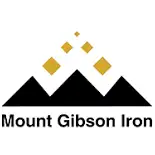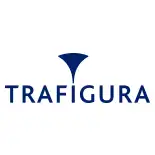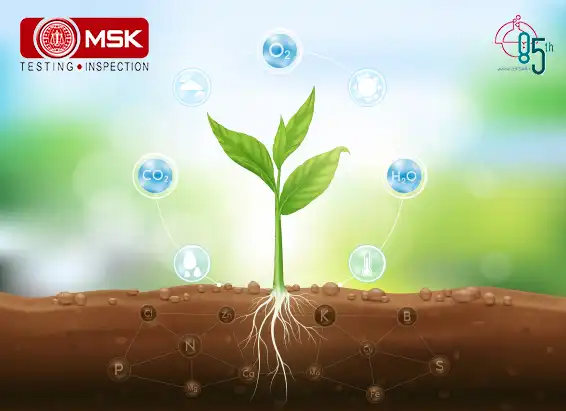
Introduction
Portland cement is a binder, a substance used for construction that sets, hardens, and adheres to other materials like sand or gravels to bind them together. It is a backbone material for any kind of masonry construction works like household foundations, multistoried building, roads, bridge construction etc. So quality checking of cement either in factory site or in laboratory is a necessary action to ascertain its strength. Key ingredient of this cement is clinker which is a high temperature calcined product of a number of raw materials like limestone, clay etc. resulted from the complex series of reactions in a kiln at 1400°C-1500°C. After the formation of clinker, it is cooled followed by the addition of gypsum and/or other supplementary cementitious materials which together determine the fate of the resultant product cement. When this cement is mixed with water, a transient plastic like smooth paste is formed and as the reaction between water and cement continues, cement paste hardens. All these properties strictly depend on the composition of cement. Basically hydration of its major component clinker is responsible for the hardening of cement. The four main mineral phases of the clinker are silicates and oxides namely, C3S: Alite (3CaO·SiO2), C2S: Belite (2CaO·SiO2), C3A: Tricalcium aluminate (3CaO·Al2O3), and C4AF: Brownmillerite (4CaO·Al2O3·Fe2O3). These silicates are responsible for the cement’s mechanical properties whereas tricalcium aluminate and brownmillerite are responsible for the formation of the liquid phase during the sintering process of clinker at high temperature. Alite and belite are hydrated to produce calcium silicate hydrates (C-S-H), lime (C-H) and heat: This calcium silicate hydrate mainly contribute to the mechanical strength of the cement paste like strength development and durability of concrete.

Again addition of some supplementary cementitious materials like gypsum, limestone, slag, fly ash, furnace ash etc. beyond a particular limit cause observable/non observable changes like color, texture, phase pattern, thermal nature, mechanical strength, reactivity which in turn can degrade the quality of cement and even cause structural failure. So phase compositional analysis of cement-clinker is an essential task.
Here, powder X-ray diffraction and thermogravimetric techniques were carried out for the rapid interpretation of their phase composition analysis and corresponding impacts. For these purpose, three clinker samples along with standard certified reference material (SRM 2688) and three commercial cement samples were selected as representative.
Results and Discussion
Figure 1: Powder X-ray diffraction pattern of different Clinker samples.

Figure 2: Comparative powder X-ray diffraction pattern of different commercial cement samples along with the other components.

Figure 3: Characteristic thermal decomposition and X-ray diffraction pattern of commercial cement sample A.

Figure 4: Characteristic thermal decomposition and X-ray diffraction pattern of commercial cement sample B.

Figure 5: Characteristic thermal decomposition and X-ray diffraction pattern of commercial cement sample C.

Conclusion:


Chief Operation, FAMD, Tata Steel Limited..


Sr. General Manager,, Emirates Trading Agency L.L.C..


Mines Manager, Hindustan Zinc Limited, a Vedanta Company.


General Manager, Stevin Rock L.L.C..


Executive Vice President (Works),, DCW Limited.


AVP – Coal Quality & Sales Compliance Head,, PT Indo Tambangraya Megah Tbk (BANPU).

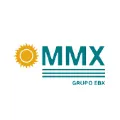
Laboratory Head, MMX.

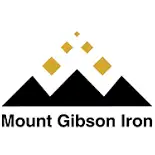
Shipping Administrator, Mount Gibson Iron Limited.

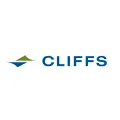
Senior Director – Asia Pacific Iron Ore Sales,, Cliffs Natural Resources Pty Ltd..


Member, Compass Group (India) Pvt. Ltd.

Posted on September 23 2025 By Mitra S.K ADMIN
Read More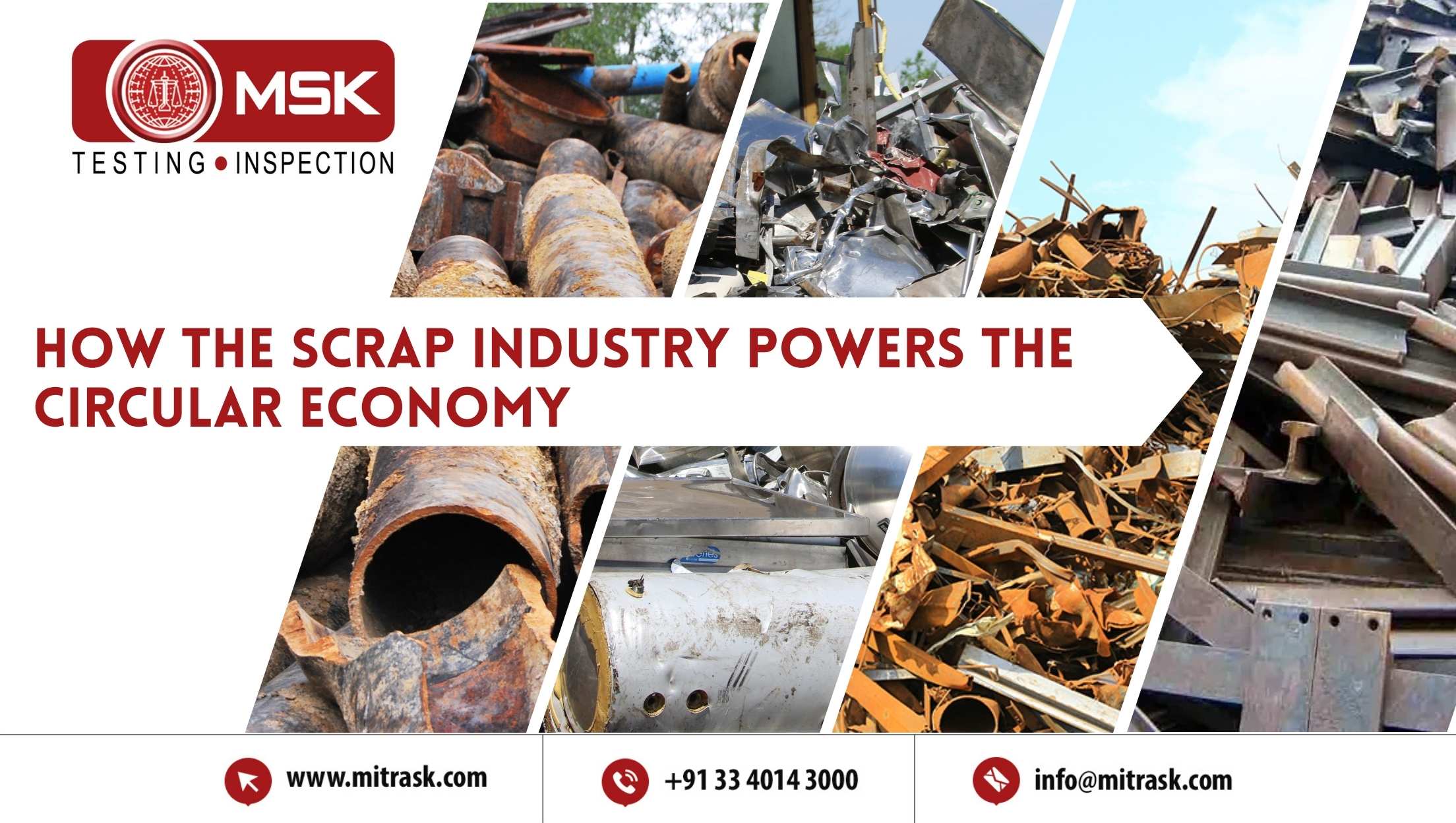
Posted on August 01 2025 By Mitra S.K ADMIN
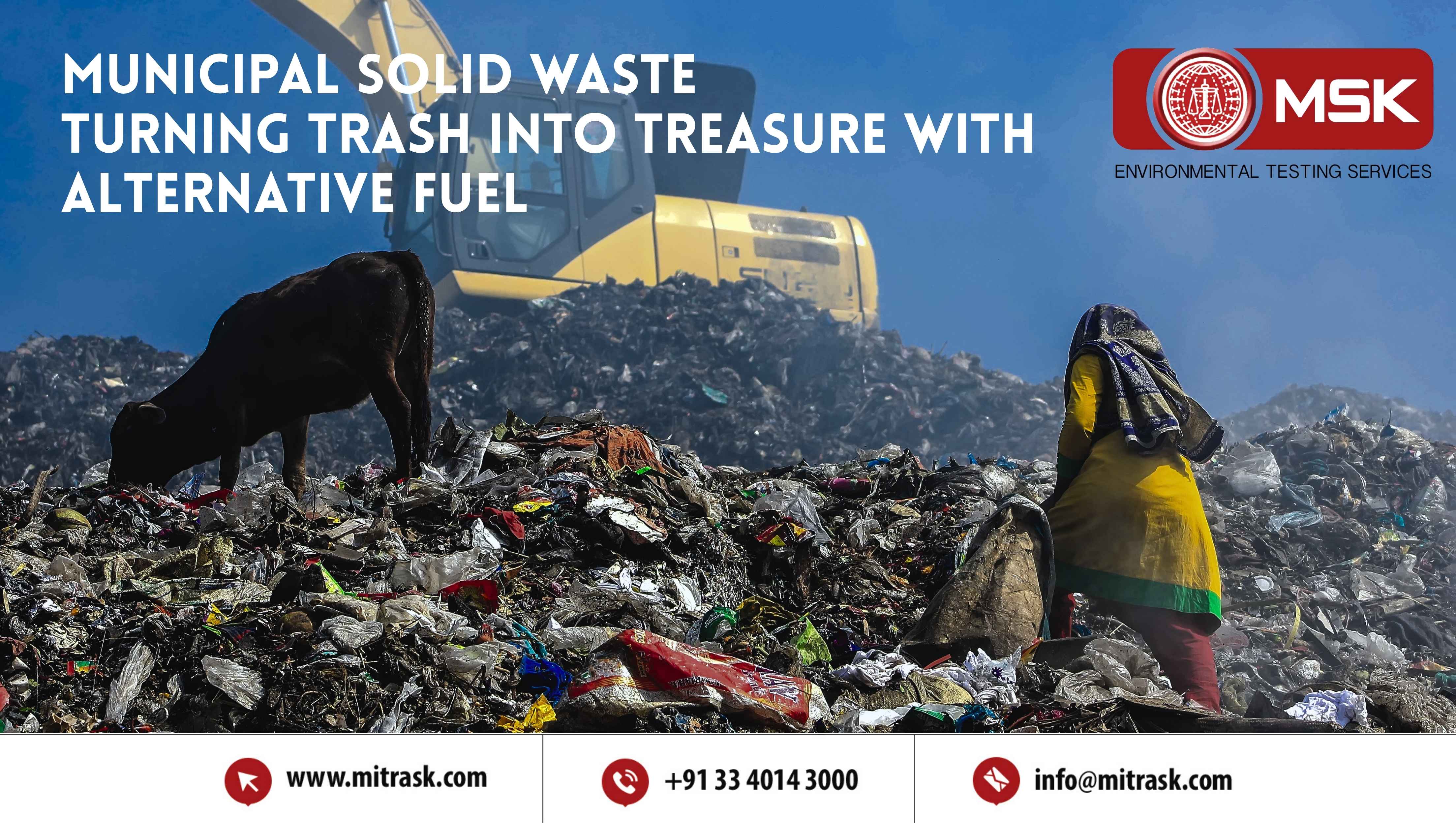
Posted on July 25 2025 By Mitra S.K ADMIN

Posted on July 18 2025 By Mitra S.K ADMIN

Posted on July 01 2025 By Mitra S.K ADMIN

Posted on May 22 2025 By Mitra S.K ADMIN

Posted on January 24 2025 By Mitra S.K ADMIN

Posted on January 24 2025 By Mitra S.K ADMIN
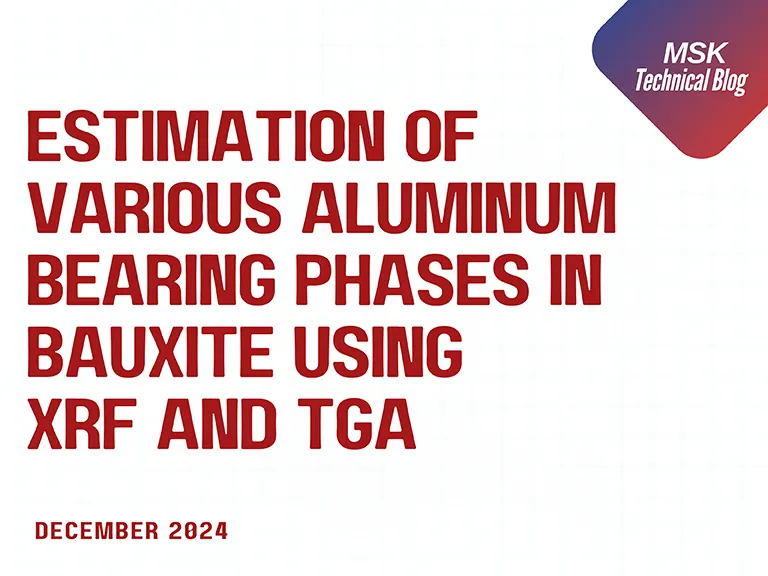
Posted on December 31 2024 By Mitra S.K ADMIN
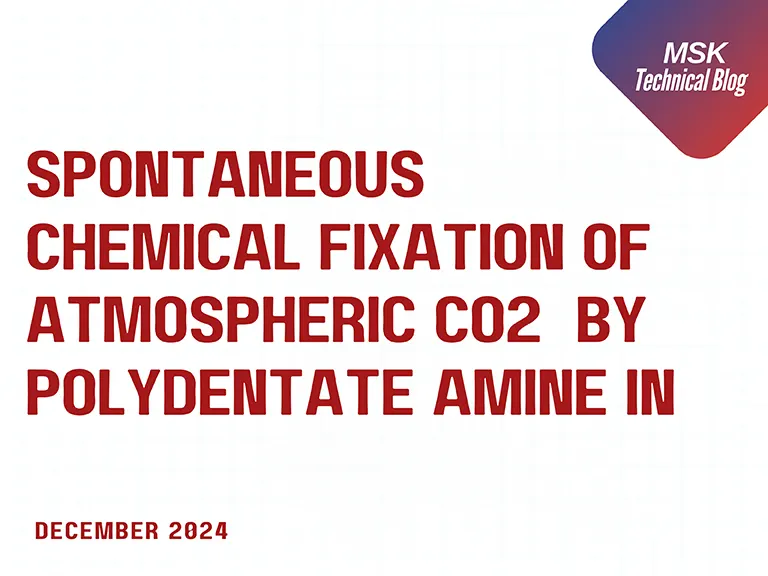
Posted on December 31 2024 By Mitra S.K ADMIN

Posted on December 31 2024 By Mitra S.K ADMIN
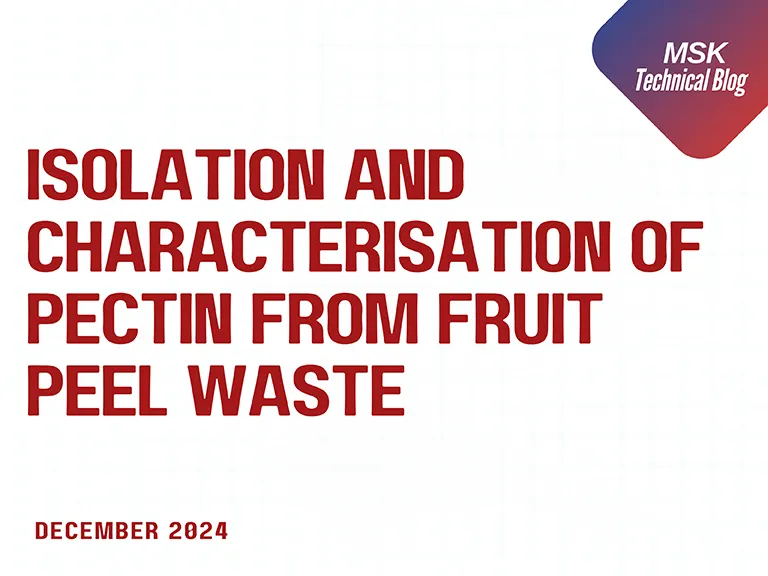
Posted on December 31 2024 By Mitra S.K ADMIN
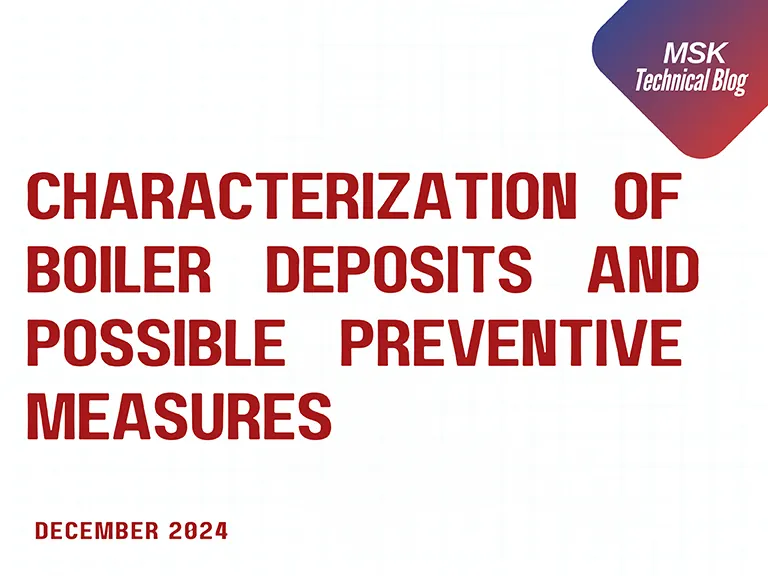
Posted on December 31 2024 By Mitra S.K ADMIN
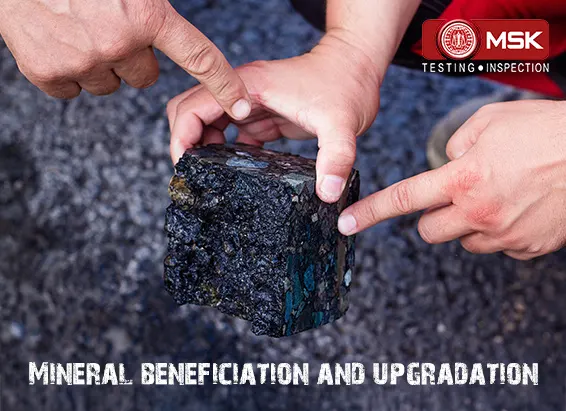
Posted on December 03 2024 By Mitra S.K ADMIN

Posted on October 17 2024 By Mitra S.K ADMIN

Posted on October 04 2024 By Mitra S.K ADMIN

Posted on September 13 2024 By Mitra S.K ADMIN

Posted on August 27 2024 By Mitra S.K ADMIN

Posted on August 23 2024 By Mitra S.K ADMIN

Posted on June 27 2024 By Mitra S.K ADMIN

Posted on June 22 2024 By Mitra S.K ADMIN

Posted on June 15 2024 By Mitra S.K ADMIN

Posted on May 24 2024 By Mitra S.K ADMIN
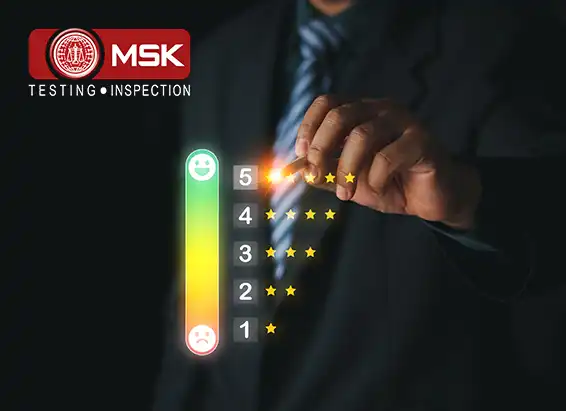
Posted on May 17 2024 By Mitra S.K ADMIN

Posted on May 09 2024 By Mitra S.K ADMIN

Posted on April 20 2024 By Mitra S.K ADMIN
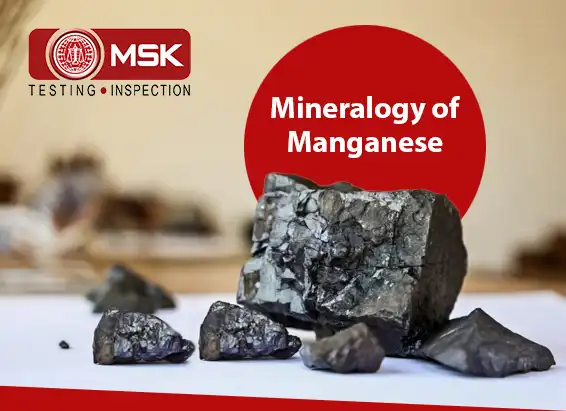
Posted on April 13 2024 By Mitra S.K ADMIN

Posted on April 30 2024 By Mitra S.K ADMIN

Posted on April 29 2024 By Mitra S.K ADMIN
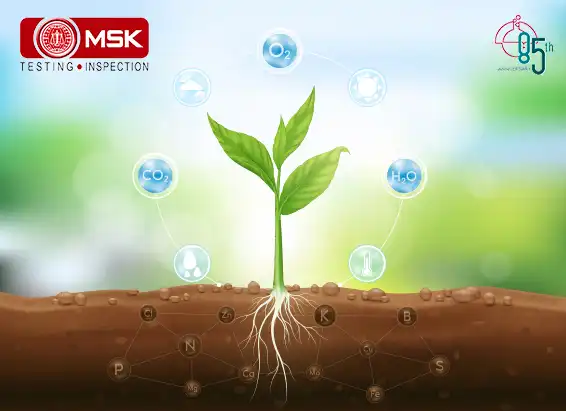
Posted on December 30 2023 By Mitra S.K ADMIN
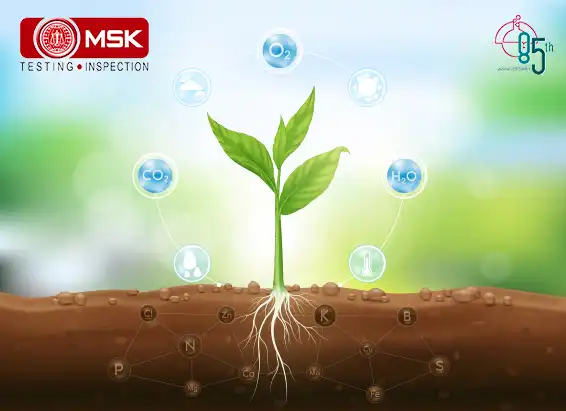
Posted on December 30 2023 By Mitra S.K ADMIN
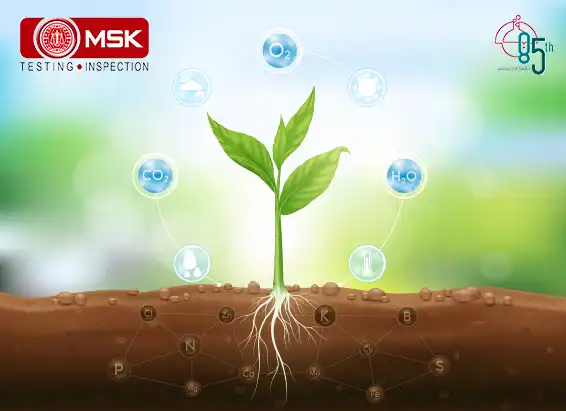
Posted on December 30 2023 By Mitra S.K ADMIN
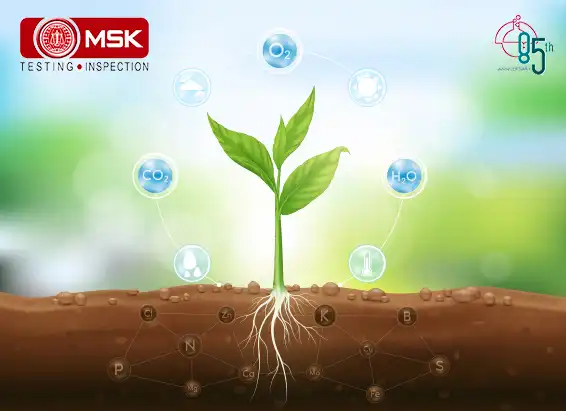
Posted on December 27 2023 By Mitra S.K ADMIN
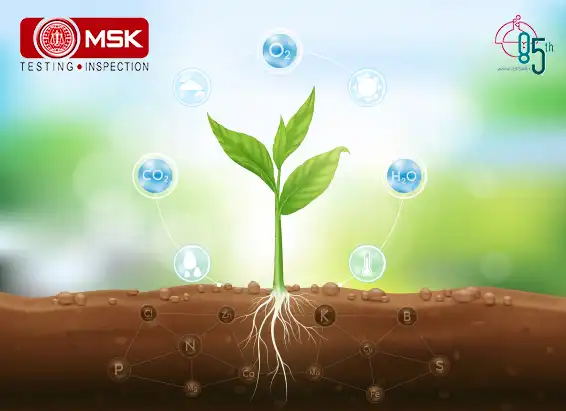
Posted on December 27 2023 By Mitra S.K ADMIN
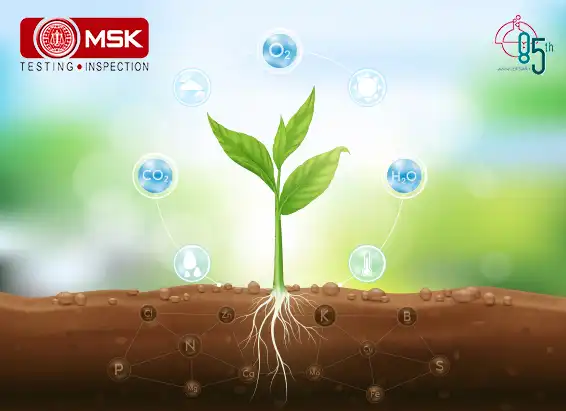
Posted on December 27 2023 By Mitra S.K ADMIN
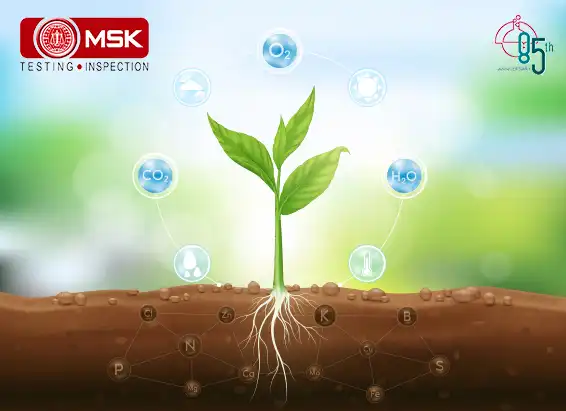
Posted on December 27 2023 By Mitra S.K ADMIN
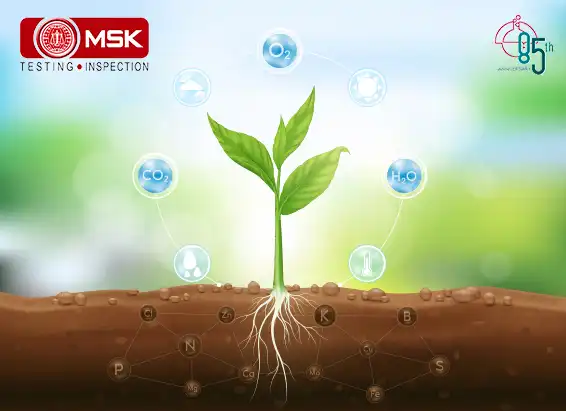
Posted on December 27 2023 By Mitra S.K ADMIN
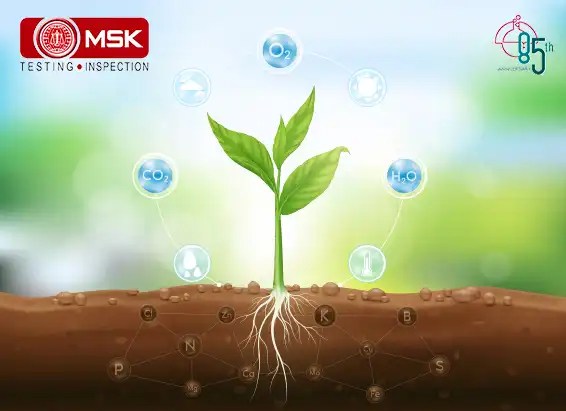
Posted on December 27 2023 By Mitra S.K ADMIN
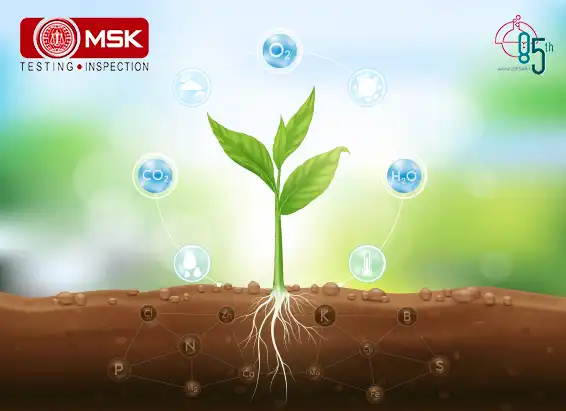
Posted on December 27 2023 By Mitra S.K ADMIN
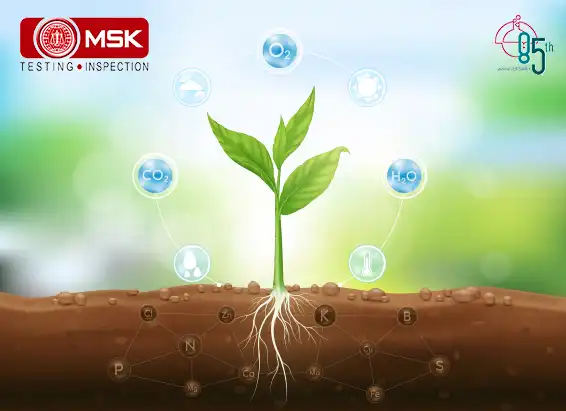
Posted on December 26 2023 By Mitra S.K ADMIN
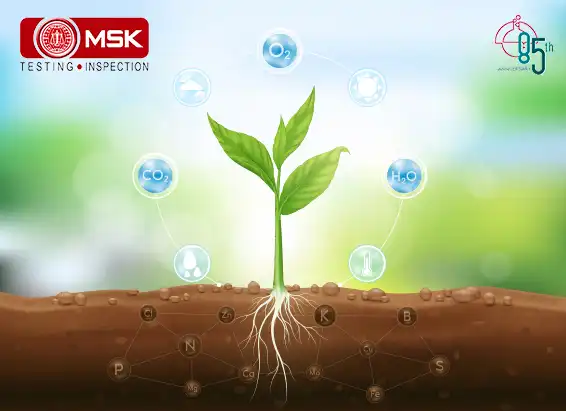
Posted on April 05 2022 By Mitra S.K ADMIN
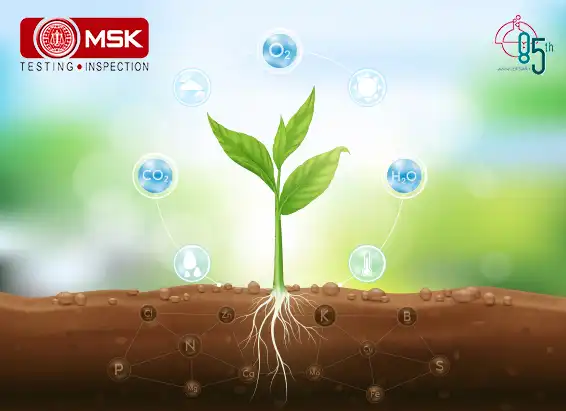
Posted on April 06 2022 By Mitra S.K ADMIN
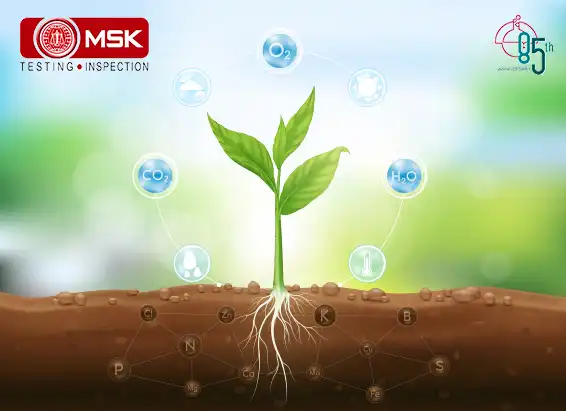
Posted on April 06 2022 By Mitra S.K ADMIN
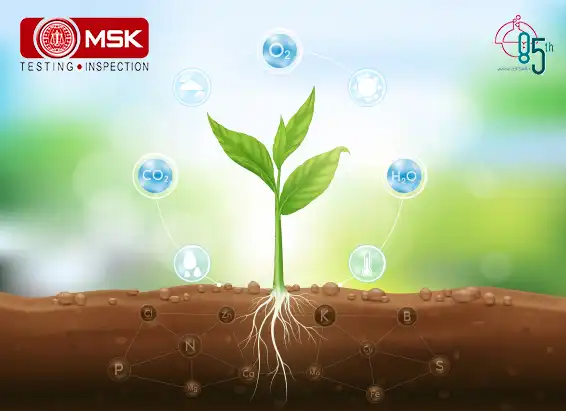
Posted on April 06 2022 By Mitra S.K ADMIN

Posted on April 06 2022 By Mitra S.K ADMIN
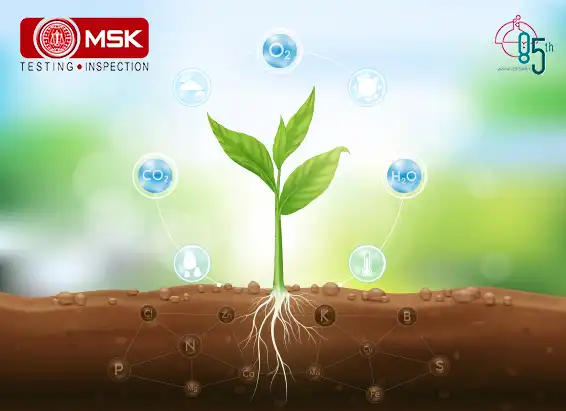
Posted on April 06 2022 By Mitra S.K ADMIN
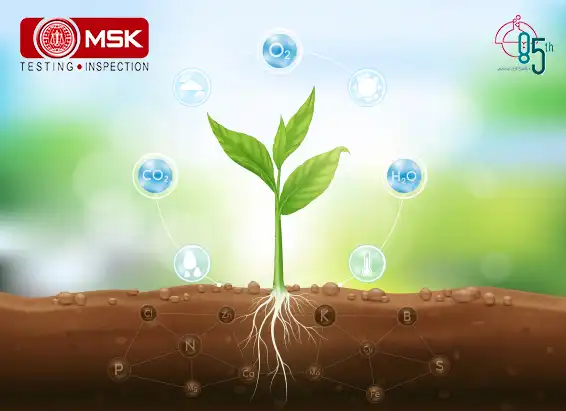
Posted on April 06 2022 By Mitra S.K ADMIN
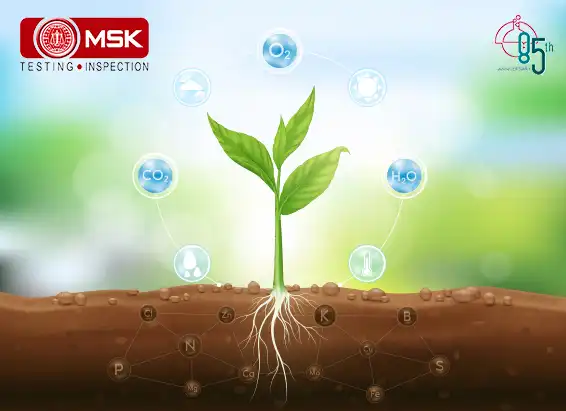
Posted on April 06 2022 By Mitra S.K ADMIN
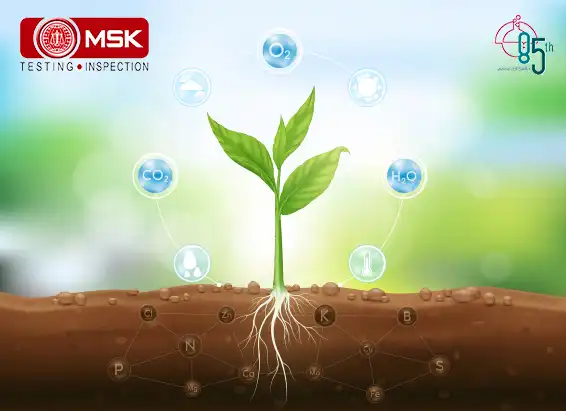
Posted on April 06 2022 By Mitra S.K ADMIN
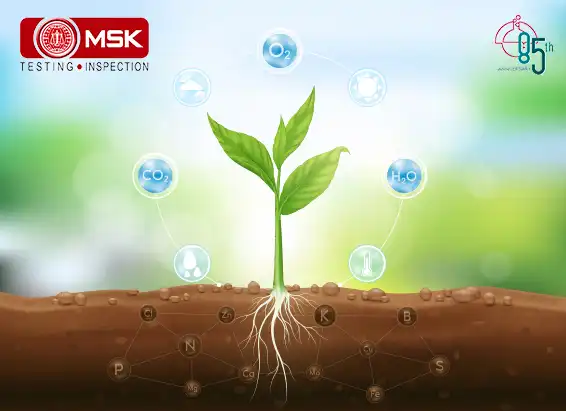
Posted on April 06 2022 By Mitra S.K ADMIN
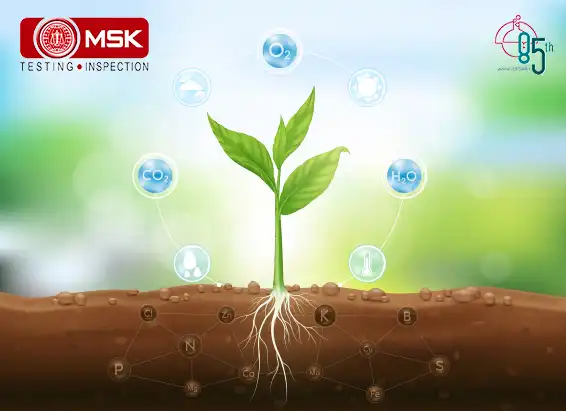
Posted on April 06 2022 By Mitra S.K ADMIN
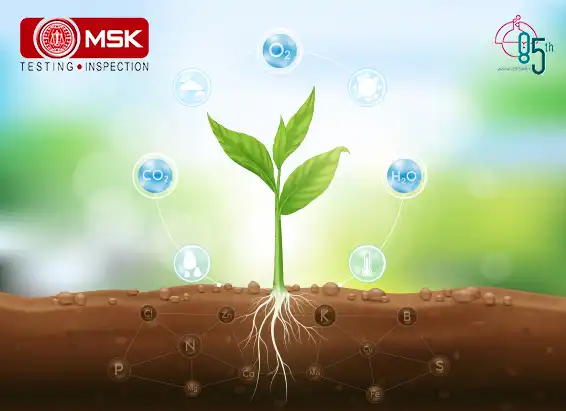
Posted on April 06 2022 By Mitra S.K ADMIN
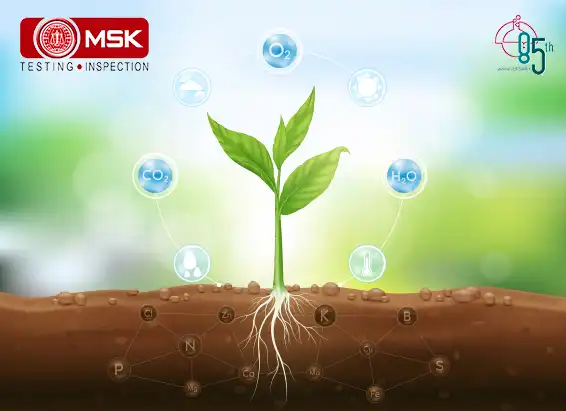
Posted on April 06 2022 By Mitra S.K ADMIN
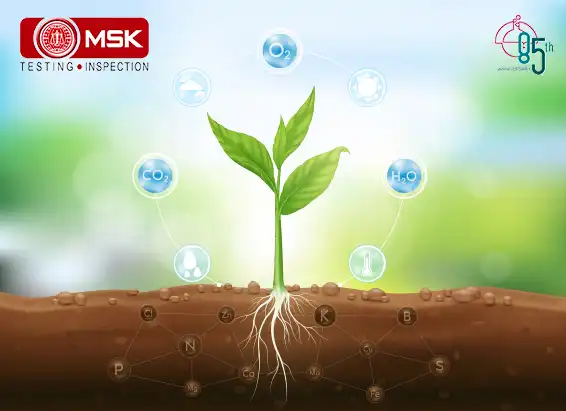
Posted on November 28 2022 By Mitra S.K ADMIN
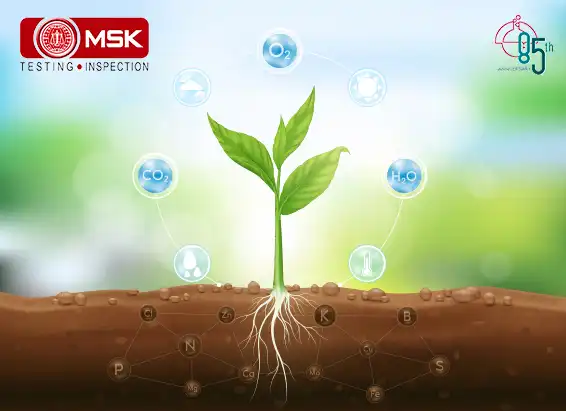
Posted on April 06 2022 By Mitra S.K ADMIN
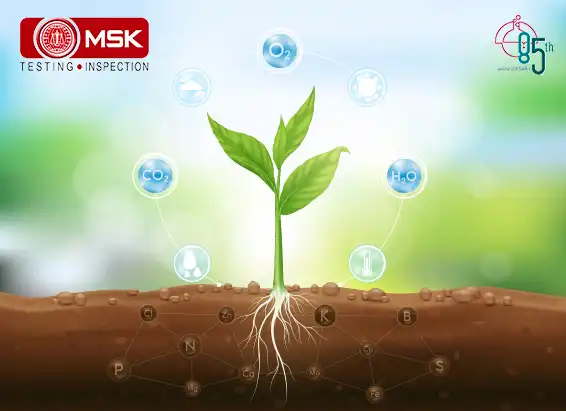
Posted on April 06 2022 By Mitra S.K ADMIN
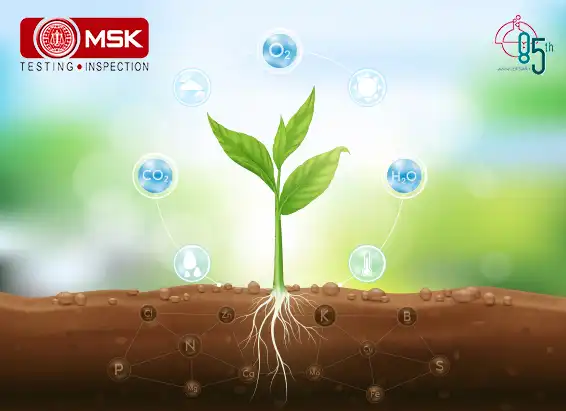
Posted on April 06 2022 By Mitra S.K ADMIN
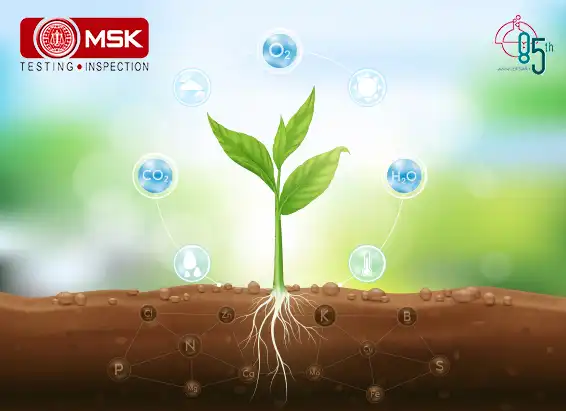
Posted on November 28 2022 By Mitra S.K ADMIN
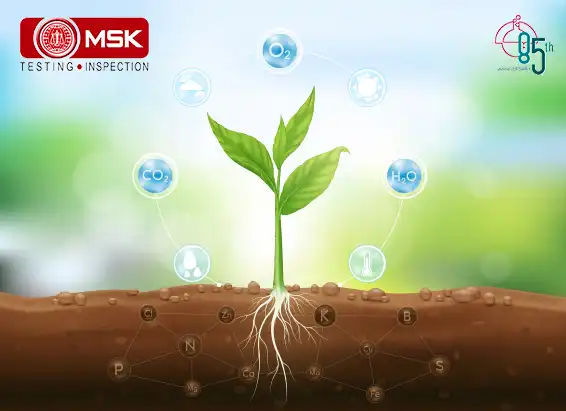
Posted on June 14 2022 By Mitra S.K ADMIN

